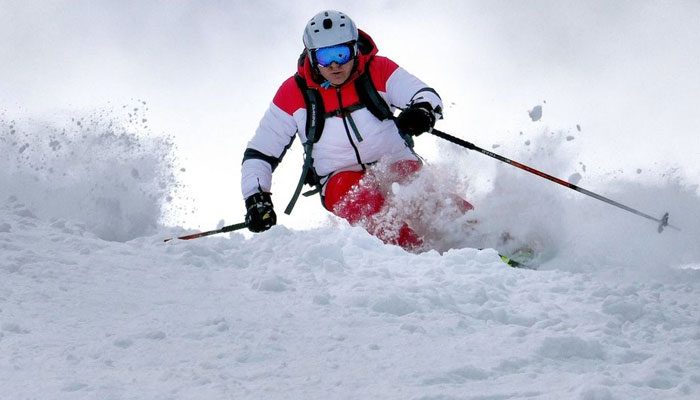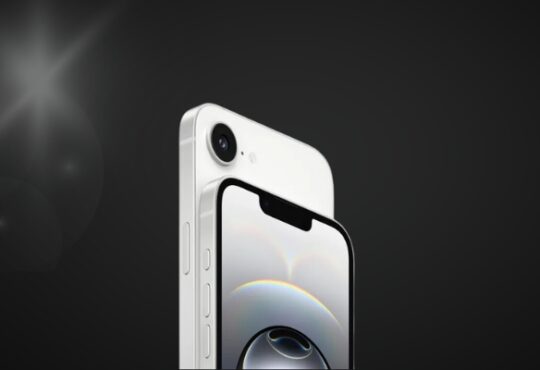
Choosing the right ski gear is essential to keeping you safe and elevating your stroke. Whether you are purchasing your first pair of skis or upgrading your existing quiver, there are many factors to consider.
Determining your skill level and where you will be skiing is a great place to start. Then choose a ski that suits the conditions you’ll be skiing in most often.
Windproof
The cold weather and the wind can make a ski trip feel even more challenging. It’s important to have gear that’s able to withstand the elements, so you can keep up with your friends on the slopes and enjoy your trip without worrying about getting cold or wet. To protect yourself from the elements, look for a windproof ski jacket. It should also have plenty of pockets and be able to fit over your other snow gear, like pants and a hat.
In addition to a jacket, you’ll also need ski pants and a pair of insulated gloves or mittens. You can even find an on-trend one-piece snowsuit if you prefer a more comfortable option. It’s also a good idea to bring a sling bag for all your essentials, from lip balm and sunscreen to a water bottle, charger, and hand warmers.
Another important factor when selecting the right ski gear is determining your ability level and the type of terrain you plan to ski. Beginners will want to select a softer-flexing ski that’s easier to initiate and control. Intermediates and advanced skiers will benefit from moderate stiffness, which helps them stay stable at higher speeds while allowing them to snap through turns.
When selecting an all-mountain ski, consider the conditions where you’ll be skiing. Annual snowfall varies by region, and hardpack skis are often preferred on the East Coast and Midwest, where firm surfaces are more common. A popular choice for hardpack is an all-mountain ski with a camber profile and early-rise rocker, which gives you plenty of power and control on groomed runs but can also handle soft snow.
In addition to a ski jacket, you’ll need waterproof ski pants and a pair of insulated ski gloves or mittens. You can also find ski-specific jackets that include a powder skirt, which snaps around your waist inside your ski jacket and is designed to keep snow from blowing onto you as you ski. While a powder skirt may not be necessary for skiers who primarily ski the resort, it’s a smart purchase for backcountry skiers and snowboarders who frequently go out in untracked areas.
Waterproof
When you’re skiing in cold and wet weather, a waterproof jacket is essential. Whether you’re spending the day lapping groomed runs or exploring the backcountry, you want to make sure you have the right gear for the conditions you’ll be experiencing. But with so many different options and tech available, it can feel overwhelming to know which jacket is right for you.
Evo is a great place to find affordable Ski Packages with up to 70% Off without sacrificing quality. With Evo, you can save even more on your purchase. Whether you’re looking for skis, boots, or clothing, Evo has a wide selection of budget-friendly options. Don’t let a tight budget keep you from hitting the slopes this winter. Check out Evo and their Deals & Packages today!
To help, we’ve broken down how to choose the best waterproof ski gear to suit your needs. We’ll start by looking at the features and technology that make a jacket truly waterproof, then look at how to evaluate the performance of your gear in different environments.
The most important feature of any waterproof ski jacket is the water-repellent coating. This layer works by causing drops of rain or snow to slide off the surface of the fabric, keeping it dry and comfortable. The next layer is the membrane, which is a microporous film that allows sweat to escape but keeps water from entering the fabric. This membrane is what determines the waterproof rating of your clothing – it’s expressed in millimeters (mm) on your gear, usually followed by a breathability rating.
A good jacket will also include a hood that fits comfortably over your head without being too tight or restrictive. It will also have plenty of pockets to store your belongings, as well as a chest pocket that can be used for storing your phone or camera. Many jackets also come with wrist gaiters that can either cover your inner cuff or be designed to go over the top of your hand with thumbholes for extra warmth and protection.
Breathability is another key feature of waterproof ski gear, as it’s what keeps you warm by allowing sweat to escape from your body. This is important because moisture that stays on your skin will lower your core temperature and can lead to hypothermia. Breathability is measured by the amount of water vapor let out per meter squared of fabric over 24 hours, and it’s often shown on the product label alongside the waterproof rating in mm.
Breathable
Breathable gear is a must if you want to enjoy your skiing adventures. Skiing is an aerobic sport that will make you sweat, so if your clothes aren’t breathable, you will start to feel cold and uncomfortable. You’ll also need to breathe through your jacket and pants, so choose fabric that wicks moisture away from the skin toward the surface of the outer layer, so your perspiration doesn’t soak into the cloth and chill you. Look for polyester or merino wool, as these fabrics move the moisture through the outer layer and dry quickly to keep you warm and comfortable.
When choosing a coat or pants, consider a model with a waterproof rating of at least 10,000mm (though 20k is even better). Look for models with helmet-compatible hoods, and choose ones made to fit comfortably over your helmet. If you’re going to be skiing in the backcountry, consider pants and a jacket with extra ventilation options such as pit zips. These zips can be opened to dump heat during a long, sweaty climb or when it’s very cold and windy.
You will need one or two middle layers to keep you warm, depending on winter temperatures, how much you sweat, and your personal preference for warmth. Choose a warm synthetic top that can easily be removed when you get too hot, or opt for a down or treated synthetic jacket that can be zipped into the shell in colder weather. The jacket you choose should also have a good waterproof rating, and the denier of the fabric is an important factor in how thick it will be and how durable it will be.
If you’ll be skiing both in the resort and backcountry, you might prefer a hybrid hard/softshell jacket like the Black Diamond Zone Shell or the Oakley Men’s Baldy 2L GORE-TEX BioZone Jacket. This type of jacket has a hard shell exterior that’s windproof and waterproof, with an insulated layer that can be zipped into the shell when it’s cold or you’re not as active.
When purchasing a ski bag for your trip, consider whether you’ll need space to store your gear in your coat pocket or if you’ll be carrying additional items such as your phone, ski pass, and charger. If you need to carry lots of gear, a sling bag is a great option that will allow you to comfortably wear it around your shoulders while on the mountain.
If you’re in the market for Ski Best Sellers, Evo is the place to be! They offer a variety of deals and packages on everything from skis and snowboards to boots and bindings. Whether you’re a seasoned pro or just starting, Evo has the gear you need to hit the slopes in style. Check out their website to see their Up to 70% latest Deals and Packages, and get ready to make the most of your winter season!
Comfortable
Having the right ski gear can make your experience much more enjoyable. This is especially true if you are a new skier, or you’re going to be on a challenging terrain. The most important pieces of equipment are skis, boots, and poles. However, there are also a few other things you should consider bringing with you to the slopes.
One of the most important things to have is a waterproof jacket. This will keep you warm and dry from the snow and rain. You’ll also want to have a pair of gloves that are insulated. This will help keep your hands warm while skiing.
Another piece of essential ski gear is a helmet. This will protect you from falls and injuries on the mountain. You should also bring a pair of goggles to wear while you’re skiing. These will help protect your eyes from the sun and glare.
You’ll also want to have a backpack to carry your belongings. This will save you from having to lug around a heavy bag on the mountain. A backpack will also give you more flexibility with your movement.
The best ski gear is tailored to the type of terrain you’ll be skiing on. For example, if you’re planning to ski powder, you’ll need a pair of powder skis. These will be a lot more flexible than alpine skis, and they’ll have a softer flex.
For more difficult terrain, you’ll need to choose a ski that excels in mogul fields. This will mean choosing a ski that has soft shovels to handle bumps, a fairly sturdy tail for stability, and a medium to slim waist width for snappy turn initiation.
You should also make sure your skis are the right length for you. This is based on your height, your skiing style, and the terrain you’ll be skiing in. Beginners and improvers should opt for shorter skis, while more advanced and racing skiers can benefit from a slightly longer model. It’s also a good idea to choose a pair of skis that are compatible with your boots.
Conclusion
Choosing the right ski gear for your next adventure can be a daunting task, but with Evo’s comprehensive selection and expert guidance, you can find exactly what you need. Remember to consider your ability level, the terrain you’ll be skiing on, and the conditions you’ll be facing. Don’t forget to invest in quality gear that will keep you warm, dry, and comfortable on the slopes








